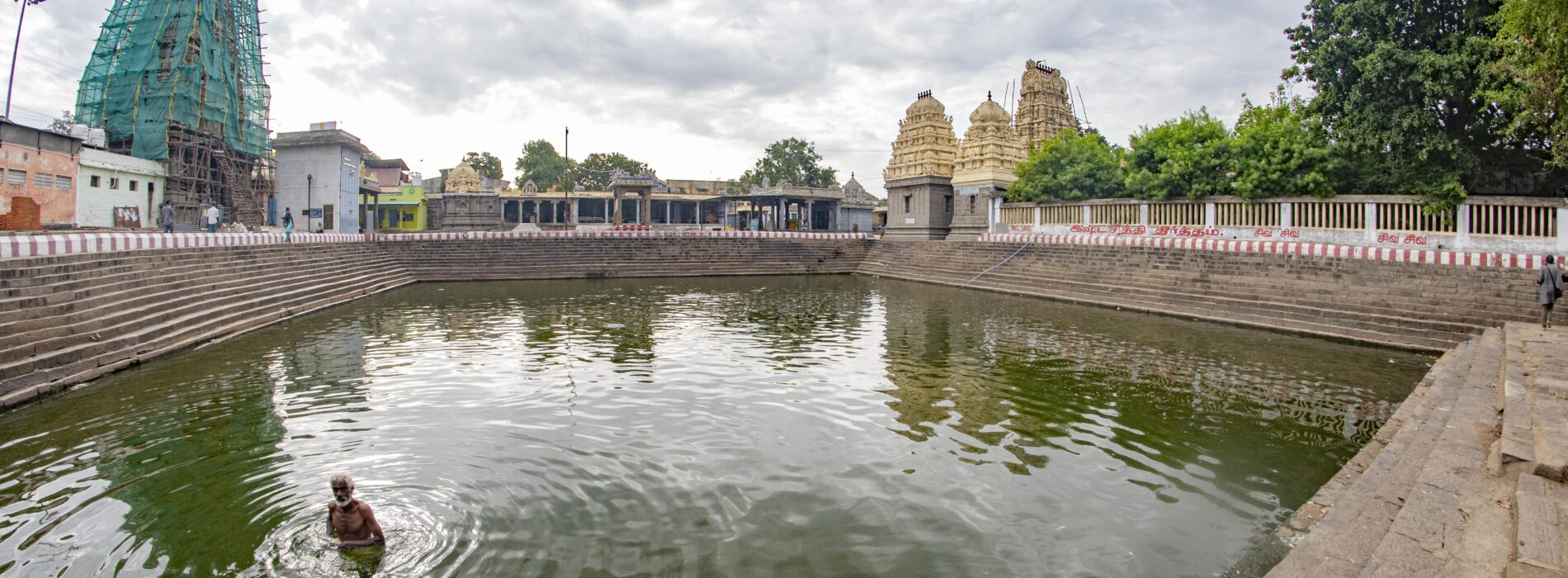Kacchapeshvara Temple
By whose grace Lakshmi and Mahavishnu was blessed with a son
The sacred realm of Kacchapeshvara Temple in Kanchipuram, where mythology, architectural splendor, and spiritual devotion intertwine. This ancient temple, believed to have roots dating back to the 7th century CE, holds significance as the place where Lord Vishnu in his Kurmavatara (tortoise incarnation) worshipped Lord Shiva
Mythical Significance
Kanchipuram houses various shrines associated with the Dashavatara legend, where each of Lord Vishnu’s ten incarnations worshipped a Shivalinga. Kacchapeshvara Temple is connected to the Kurmavatara legend, where Lord Vishnu assumed the form of a turtle. Lord Shiva, pleased by this devotion, earned the name Kacchapeshvara. The temple’s rich mythology adds a profound spiritual aura to its sacred surroundings.
Architectural Splendor
The temple’s architectural heritage spans several centuries, with additions made until the Vijayanagara period. The Chola emperors Raja Raja-I and Rajendra-I left inscriptions referring to the temple as anjan-sandi ambalam, denoting the presence of five shrines within a single complex. This early conceptualization hints at a Panchayatana Temple, featuring shrines for Surya, Vishnu, Shiva, Ganesha, and Durga. Explore the remarkable blend of Pallava and Chola architectural styles within the temple’s structures.
Legends of Divine Worship
According to the Sthalapuranam (temple legend), during the churning of the milky ocean to obtain the nectar, the Devas and Asuras required a sturdy rope and churning rod. Mount Meru became the rod, and Vasuki, the serpent, served as the rope. However, the rod sank due to its weight and lack of a solid base. To address this, Lord Vishnu assumed the form of a turtle, Kacchapa, and bore the Mandara mountain on his back, aiding in the churning process. In gratitude and to absolve themselves of any distress caused during the churning, Lord Kacchapa worshipped Lord Shiva in Kanchipuram, giving rise to Kacchapeshvara. Worship at this temple is believed to bestow wisdom, progeny, and liberation from past sins.
Sacred Sanctum and Prakaras
Enter the temple through the grand eastern gopuram, boasting five tiers. Within the Garbhagriha (sanctum sanctorum), you’ll find the lingabera, a sandstone (Prithvi Linga) symbol of Lord Shiva. True to the Pallava style, a magnificent Somaskanda panel adorns the wall behind the lingabera. The innermost prakara hosts separate shrines dedicated to various deities, including the Nayanmars (saints), Nandi, Chandrashekhara, Vinayaka (Polla Pillayar), Valli Devasena Subramanya, Sarasvathi, Navagrahas, Bhairava, and Mahavishnu. The second prakara houses shrines for Nataraja, Valli Devasena Subramanya, Yogasiddhishvara, Jnanasiddhishvara, and Dharmasiddhishvara lingas. The outermost prakara offers devotees the opportunity to worship Shasta, Lingeshvara, Caturmukheshvara, and more.
Inscriptions and Festivals
Numerous inscriptions found within the temple shed light on the contributions of the Pallava kings, including Raja Raja-I and Rajendra-I. Inscriptions also mention Mayurakavi (Mayurasharma), a Ghatikasthana student who later established the Kadambas of Banavasi, the first Kannada Kingdom. The temple hosts grand festivals such as the Brahmotsavam, held during the month of Chaithra, attracting a multitude of devotees. Chitrapournami, Shivaratri, and Margazhi Tiruvadirai are other significant occasions. Additionally, visitors flock to the temple in Kartigai, especially on Sundays, to take a holy dip in the sacred tank, Ishtasiddhi Tirtha.
Kacchapeshvara Temple in Kanchipuram is not only a treasure trove of mythology and architectural brilliance but also a sanctuary for spiritual seekers. Immerse yourself in the legends of incarnations, experience the divine grace that pervades the temple, and partake in the festivities that unite devotees in a shared devotion. Visit Kacchapeshvara Temple and embrace the serenity that transcends time, connecting the mortal realm with the eternal divine.




